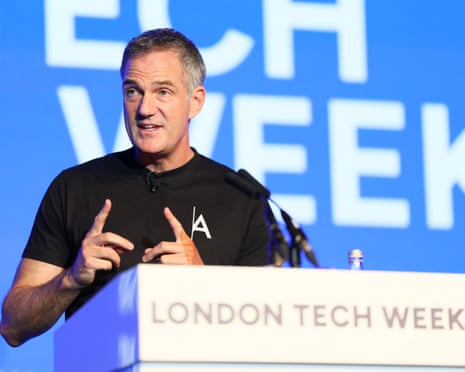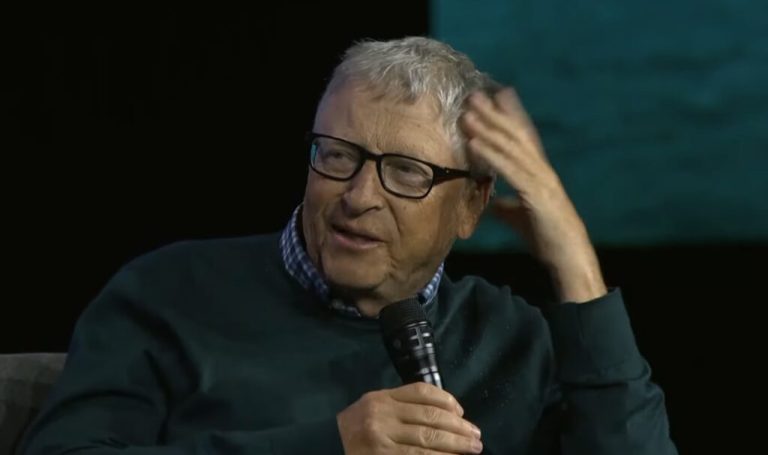Australians Shift to Social Media for News Consumption, Surpassing Traditional Sources for the First Time
According to the 2025 Digital News Report, more Australians are turning to social media for their news instead of traditional outlets. The University of Canberra’s News and Media Research Centre revealed that while television remains the leading source at 37%—a slight increase from 2024—more consumers are now choosing platforms like Facebook, X, and YouTube over legacy news sources. Notably, the percentage of individuals using online news as their primary source has sharply decreased from 28% in 2024 to 23% in 2025. In contrast, the use of social media for news has risen from 25% to 26%.
Interestingly, about 6% of respondents reported having sought news from artificial intelligence chatbots within the previous week. The Australian findings form part of a broader international survey conducted by the Reuters Institute for the Study of Journalism, which surveyed nearly 100,000 news consumers globally and included 2,006 participants from Australia. This trend reflects a global shift away from traditional news entities towards independent voices like podcasters and TikTokers. During the recent Australian election, candidates increasingly reached out to independent commentators and journalists on platforms such as Instagram, YouTube, and TikTok to amplify their messages.
The University of Canberra survey highlights that social media platforms are particularly popular for news among individuals aged 18 to 24, with over one-third consuming news videos on TikTok (37%) and Instagram (34%). A recent video from Prime Minister Anthony Albanese on TikTok—discussing paid practicals for nurses, teachers, midwives, and social workers—accumulated 1.7 million views by Tuesday afternoon. However, for those highly engaged with news and politics, online news tends to be their primary source.
In television viewership, Channel Seven stands as the most watched news brand at 34%, followed closely by ABC at 31%. Although the top three TV news brands experienced a slight decline in viewership, Sky News Australia saw a growth of four percentage points, reaching 17%, along with The Australian newspaper, which registered 13%. Only 7% of respondents predominantly rely on radio, and just 5% on printed news. Podcasts and AI chatbots have minimal usage as main sources, at 2% and 1%, respectively.
Professor Sora Park, the lead author at UC’s News and Media Research Centre, noted a slight increase in trust towards news this year, especially among those who have participated in news literacy education. “These consumers tend to have a higher interest in news and are more likely to pay for it,” she remarked. The report indicates that increasing media literacy across the population could enhance trust in news and contribute to a viable economic model in the future.
ABC News ranks as the most trusted news source at 60%, followed by SBS News at 59%, local newspapers at 58%, BBC News at 57%, and Channel Seven News at 55%. The report shows that Australia’s news media landscape is not as polarized as those in the UK and US, with steady audience trust levels. Main public broadcasters ABC and SBS attract the most confidence, with popular commercial channels and national newspapers closely following suit.
When it comes to news subscriptions, Australians are more inclined to pay, with 22% willing to do so, surpassing the average of 18% among 20 countries that emphasize subscriptions. Norway leads with 42%, followed by Sweden at 31%, while the US sits behind Australia at 20%. Globally, trust in news has remained at 43% for the third consecutive year but is four points lower compared to the peak during the pandemic.
Researchers also observed a trend in news avoidance, with 69% of people reporting that they steer clear of news due to its negative impact on their mood or perceptions of bias and untrustworthiness. Interest in news has been gradually declining since 2016, particularly among women. This 14th edition of the Digital News Report is drawn from data spanning six continents and 48 markets.







